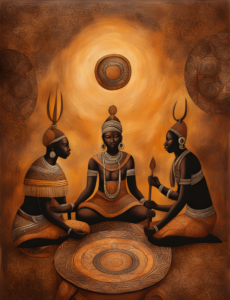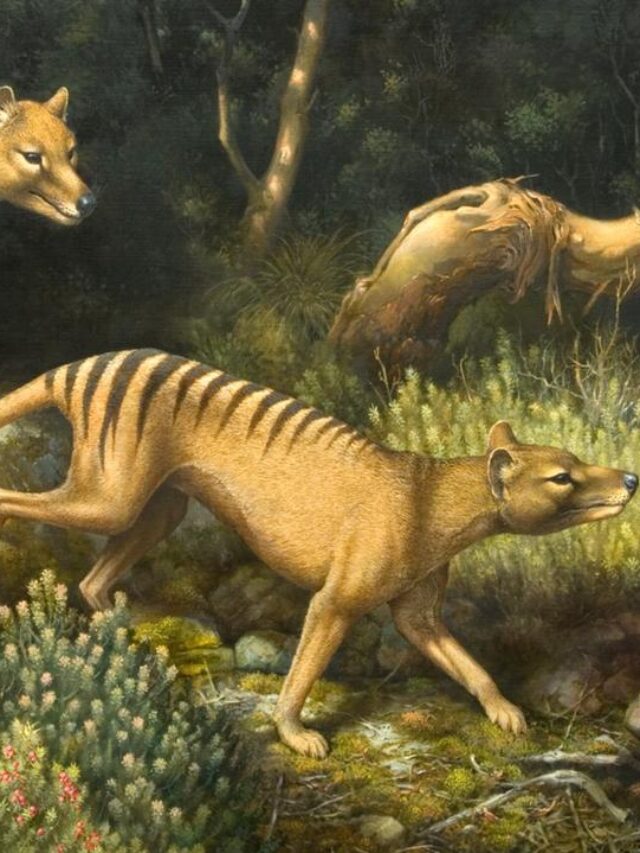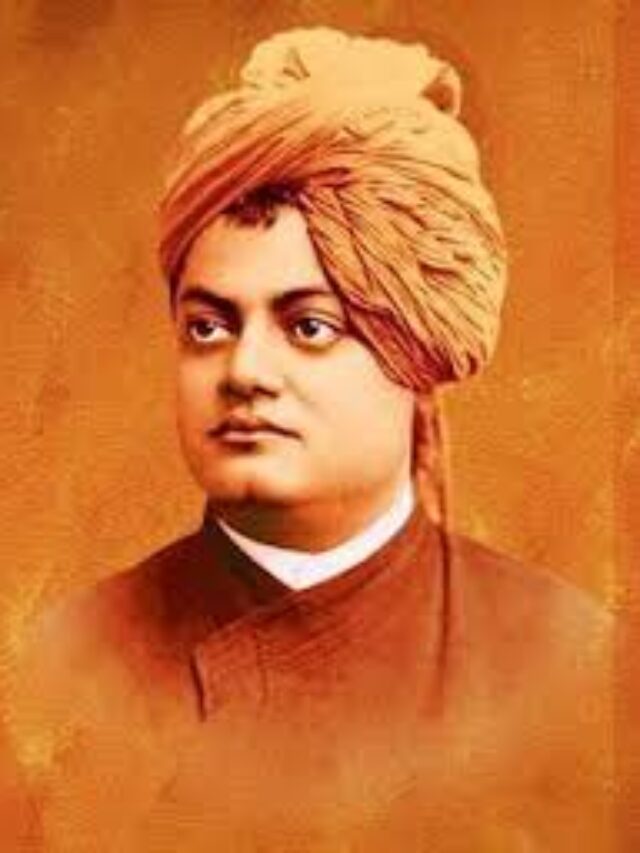egyptian art
To know the history of European art, It is important to know the arts of Egypt and Western Asian regions before 3000 BC because European art developed further under the influence of the arts of these regions. Even before this period, some art objects have been found in Egypt, Mesopotamia and Iran, in which many similarities are visible, but they all belong to the prehistoric period.
The history of Egypt and Mesopotamia began about 5000 years ago. According to the evidence received, E.S. Around 3000 years ago, a permanent social system emerged on a large scale in Egypt in which the seeds of various elements of civilization like governance, religion, handicrafts etc. were sown.
This was a revolutionary step after the primitive form of life of Neolithic man, although many concepts, especially those related to religion and governance, had evolved from earlier primitive imaginations because in the ancient human world, art was mostly used in religion, ancestor-worship, royal devotion. And it was done for the satisfaction of the dead souls.
For the success of his objectives, he had no objection in following the ideas related to design and expression of earlier arts.
From the end of the Neolithic period (3000 BC) to the beginning of classical Greek art (around 500 BC), the art of the Mediterranean regions was influenced by the figurativeness and objectivity of Neolithic art.
There seem to be some similarities in the contemporary arts of Egypt, Mesopotamia, Iran, Crete, Greece, Cyprus etc. In this period, in this region, art oscillated between the naturalism of the prehistoric animal paintings, which had not completely disappeared by then, and the geometric style of the immediate past, the Neolithic period.
Although visible objects were depicted, their natural shapes were modified to suit the indomitable primitive urge to depict them in their essential, fundamental form. The contemporary art of distant countries like Japan and China underwent a similar transformation.
The naturalness of the animal paintings of that period and the depiction of human figures in pre-planned basic shapes is an important evidence of the relationship of that art with prehistoric art. Military power and spread of religion gave impetus to the development of ancient cultures of the Mediterranean.
As a result of centuries of wars, small primitive groups were replaced by large societies. These societies considered their customs and rules and regulations to be created by God and gave credit for their victory to the primitive gods whom they considered omnipotent and invincible.
As the dominance of the priests, who were considered representatives of the gods, increased, the system of intolerance and punitive policy emerged. The idea of cultural unity became stronger and the religious and regional ruling power became uncontrolled and concentrated in a single family.
“Life begins with the fear of the unknown, and if lived thoughtfully and with wisdom, it ends in gratitude and self-control.”
This law of Kurt Lange applies not only to individuals but also to great human civilizations, of which the ancient civilization of Egypt, which has been an inspiration and guide for other countries of the world, is a living example. Such great civilizations mostly developed and prospered on river banks.
The greatness of the civilizations of Sumer, China and Egypt lies in the fact that they developed without any indirect influence, reached the pinnacle of excellence and proved to be ideal for other underdeveloped human races.
Due to the effectiveness of Egyptian civilization and its well-planned and clear philosophy of life, its importance and guidance for future human races has been evaluated by scholars as either exaggerated or inadequate. Hegel greatly praised the thinking, philosophy, loyalty and determination of the Egyptian people. The Egyptians had become familiar with the subtleties of intellectual knowledge 2000 years before the beginning of the Greek civilization.
About 50 years ago, when a European educated person considered Greek art as elite and ideal art, then he looked at the artwork of Egypt, Assyria and other West Asian regions only as an object of archaeological study and museum importance.
As a result of the movements within modern art and the study of the fundamentals of art with medical intelligence, this situation changed and we became familiar with the fundamental aesthetic characteristics of Egyptian art. Due to which excellent qualities of Egyptian art, it influenced the artists of nearby regions like Crete, Greece etc. It became known, although not much information is yet available regarding the ancient people of Egypt.
E.S. Due to the prosperity of regions like Egypt, Palestine, Syria, Mesopotamia etc. which started around 4000 years ago, James Henry combined these regions and gave them the name ‘Fertile Half Moon’.
Here various prehistoric races were at such a stage of development that it foreshadows the future civilizations of Egypt, Assyria and Mesopotamia. Here, the early village-dwelling farming societies gradually progressed over a period of 20 centuries and established cities, adopted new systems of governance, gave a well-defined form to the rules of religious devotion and conduct and invented the script.
Apart from this, there was considerable progress in architecture, sculpture and science. In a way, during this period, the hidden special powers of man became conscious and implemented. The contribution of Egypt and Mesopotamia in these regions is also of historical importance. The art here has such an inseparable relationship with religion that without knowledge of the religious ideas of the people here, it is impossible to study their art accurately.
According to the Egyptian religious concept, earth and sky are the basic elements of creation and God is their creator through his two assistant gods (Atum-Ra). The people of Egypt considered their king Pharaoh to be an almighty ruler given by God, that is, they had a strong belief that their king was always endowed with all the qualities required for a leader of the nation, a brave man and a son of God.
The Egyptians believed in human immortality and life after death. Due to the above religious beliefs, after the death of the king, material suitable for his afterlife was kept in the grave along with his dead body. After some time, the practice of keeping such material useful for life in the grave of an eminent person even after his death started. Over time the god Osiris was conceived as the presiding deity of the dead.
AD Around 2500 BC, which was the end of the Fifth Dynasty of Egypt, pyramid construction and religious scriptures emerged and the importance of nature worship increased in the Osiris cult. Isis, the sister and wife of Osiris, started being worshiped as the goddess of prosperity and prosperity.
The worship of this trinity of gods along with their son Horus increased in importance in the religious life of Egypt. Apart from this, other opposing sects also emerged. But the ancient religious beliefs and rituals were not destroyed and the worship of ancient gods continued. During the ancient reign, the worship of Sun God Heliopolis was common, while during the Middle Kingdom, the worship of Amen God of Thebes city became more popular.
Apart from the main deities, the worship of sub-deities and natural and mythological powers also had a secondary place in the religious life of Egypt. The Egyptians believed in the benevolence of the gods and believed that these gods controlled nature and provided life after death. Therefore, their main objective behind worshiping gods was to make sure arrangements for life after death and not to please the fierce gods.














